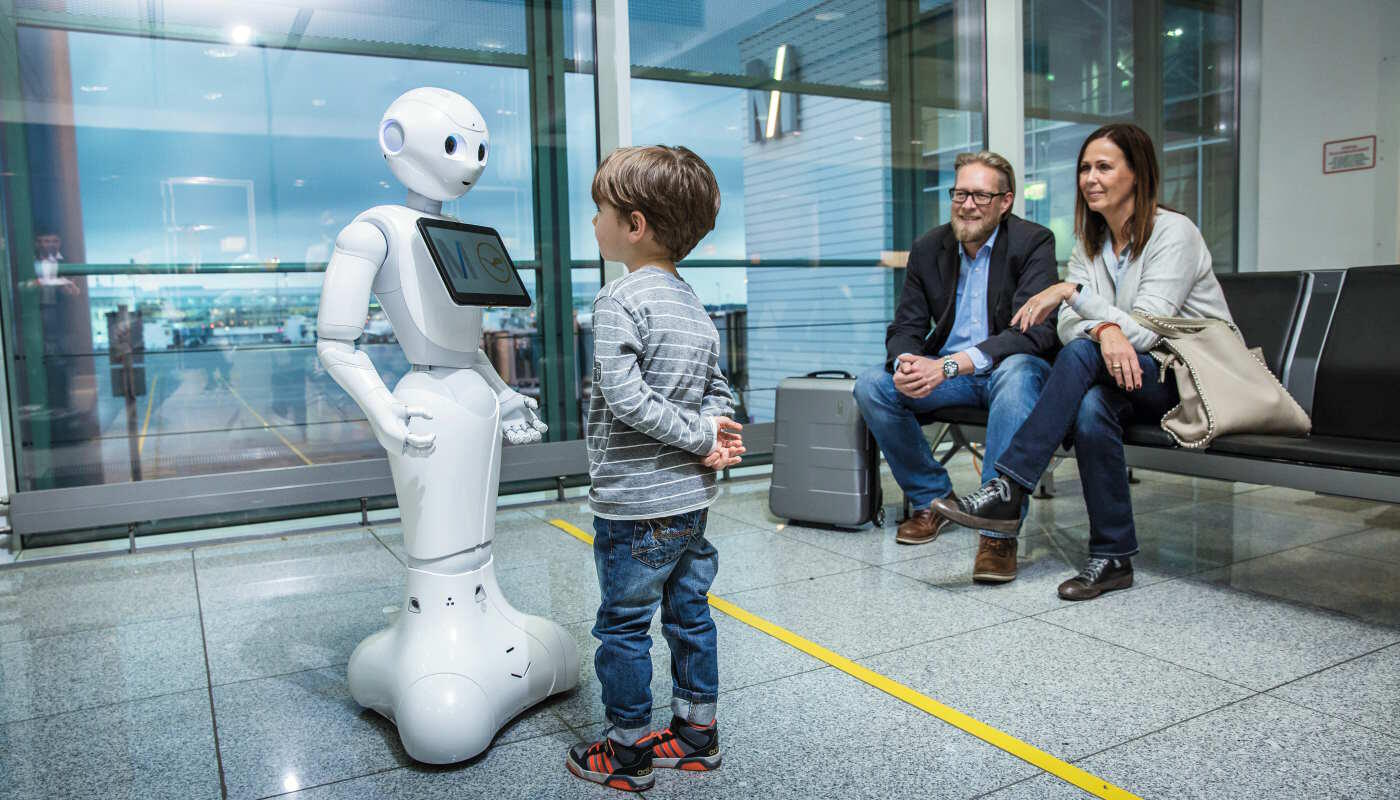July 24, 2023
Artificial Intelligence (AI) is the most profound technology in today’s world. The subfield of AI known as ‘generative AI’ describes algorithms that can be used to create new content such as audio, code, images, text, simulations, and videos. These advanced generative AI solutions and large language models (LLM) are capturing the imagination of people all around the world. By now, everyone has probably heard of OpenAI’s Microsoft-funded ChatGPT. GPT stands for ‘generative pretrained transformer’ and is a free chatbot that can generate an answer to almost any question it is asked[1].
CNBC reported that researchers predict an explosive growth in the implementation of generative AI for specific functions across a variety of business sectors in the coming years[2]. This trend reflects in recent developments. For example, OpenAI’s ChatGPT hit over 100 million users within two months of its launch, Apple is taking the technology to improve a feature one billion iPhone owners use every day[3], and Google just recently released its AI text robot Bard in Germany and the EU[4].
But is this technological advancement ready to revolutionize the airport and travel retail industry, or should we remain fairly cautious about its likely impact? This may not be entirely clear just yet, but what we can say with certainty is that many aspects of customer behavior, including the shopping experience, will change dramatically in the near future.





